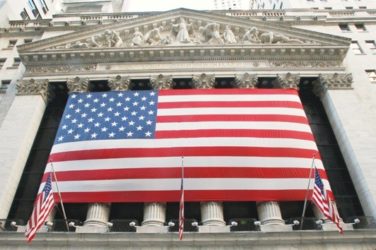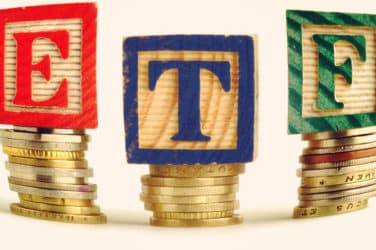
Regulators are continuing to examine the impact of exchange-traded funds on the market.
The Madrid-based International Organization of Securities Commissions (IOSCO), the umbrella body for the world’s market regulators, this week published a consultation paper examining the key regulatory issues regarding ETFs.
IOSCO said it was concerned about the potential impact of ETFs on investors and the marketplace due the the substantial growth in ETF assets. Among its proposals were issues relating to the classification and disclosure of ETFs, the marketing and sale of ETF shares, and how ETFs are structured.
The report also examined potential broader risks to financial stability that may arise from ETFs and other exchange-traded products, including market abuse, liquidity issues and correlation with other asset classes.
ETFs, which are generally index tracking funds traded on exchanges that hold assets such as stocks, commodities or bonds and trade close to their net asset value, have expanded rapidly since taking off in the early part of the 21st century.
“The flexibility, the lower cost, the tax efficiency, the ease at which you can trade these securities and finally the ability to use these products, the vast majority of which are passive, actively in portfolios, are all key drivers behind the exponential growth of the business,” said Joe Keenan, head of global exchange-traded fund services at global asset manager BNY Mellon Asset Servicing.
However, the secondary ETF market was implicated in the US ‘Flash Crash’ of May 2010, when the Dow Jones Industrial Average plummeted nearly 1,000 points, or 9%, only to recover the losses in minutes. Around 20% of all ETFs were at least temporarily entangled in the trading glitches that occurred that day, according to research by data provider Morningstar.
The European Securities and Markets Authority (ESMA), a pan-European watchdog, also recently brought out its own regulatory paper on the ETF industry.
“In outlining the draft future rules for investment funds, ESMA is proposing to reinforce the legal framework applicable to ETFs,” said Steven Maijoor, chairman of ESMA.
“The aim of these guidelines is to enhance investor protection and limit the risk of certain practices by strengthening, in particular, the standards applicable to collateral received in the context of activities such as securities lending.
“Moreover, the proposed guidelines improve the quality of the information provided to investors to allow them to make informed investment decisions. Furthermore, the draft guidelines help address concerns arising from the increase in the number of complex products sold to retail investors and will contribute to the convergence of the regulatory framework for these products.”
The increasing complexity and lack of transparency in some ETFs is also worrying other regulators. The U.S. Securities and Exchange Commission is looking into whether ETFs were to blame for the increased volatility in the markets during last summer, while the U.K.’s Financial Services Authority is undergoing a thorough regulatory review of the sector.






